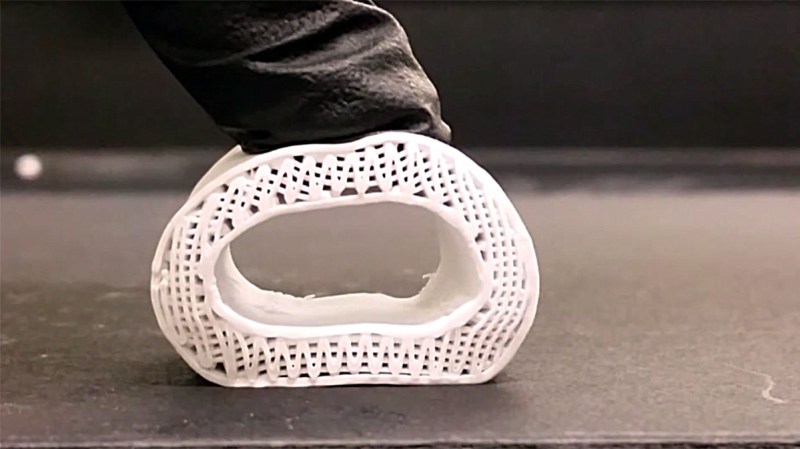
3D-printed, “hyperelastic” bone tissue may be the future of bone grafting. A team of researchers has developed a synthetic bone tissue from 3D printable ink, which has already seen success in animal trials and may prove useful for addressing spinal fusion, bone fractures, rotator cuff injuries, and similar issues down the line.
The team, led by Ramille Shah and Adam Jakus, made this super-flexible bone tissue from hydroxyapatite, a natural mineral found in bones, and polycaprolactone, which binds the bone mineral to liquid inks used in 3D printing. The resulting compound can be cut to size, manipulated through small incisions, and successfully grafted onto a femur and a thin spot on a monkey’s skull.
This experiment was inspired by the manufacturing capabilities of 3D printing, and saw a chance to combine those extrusion processes with medical materials. While their synthetic bone material hasn’t been tested on humans yet, the team is impressed with the synthetic bones’ strength and ability to integrate with living bone. The next step is determining whether or not the synthetic material can grow with bones as they age.
Read the team’s test results here, and scroll down to watch a short video about how the bones are made.
This article was featured in the InsideHook newsletter. Sign up now.